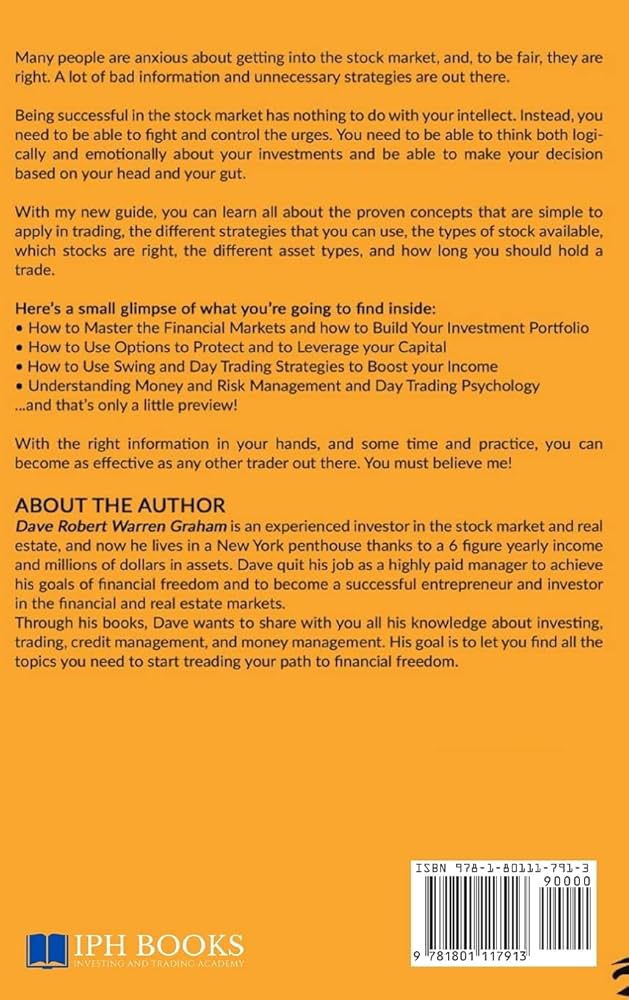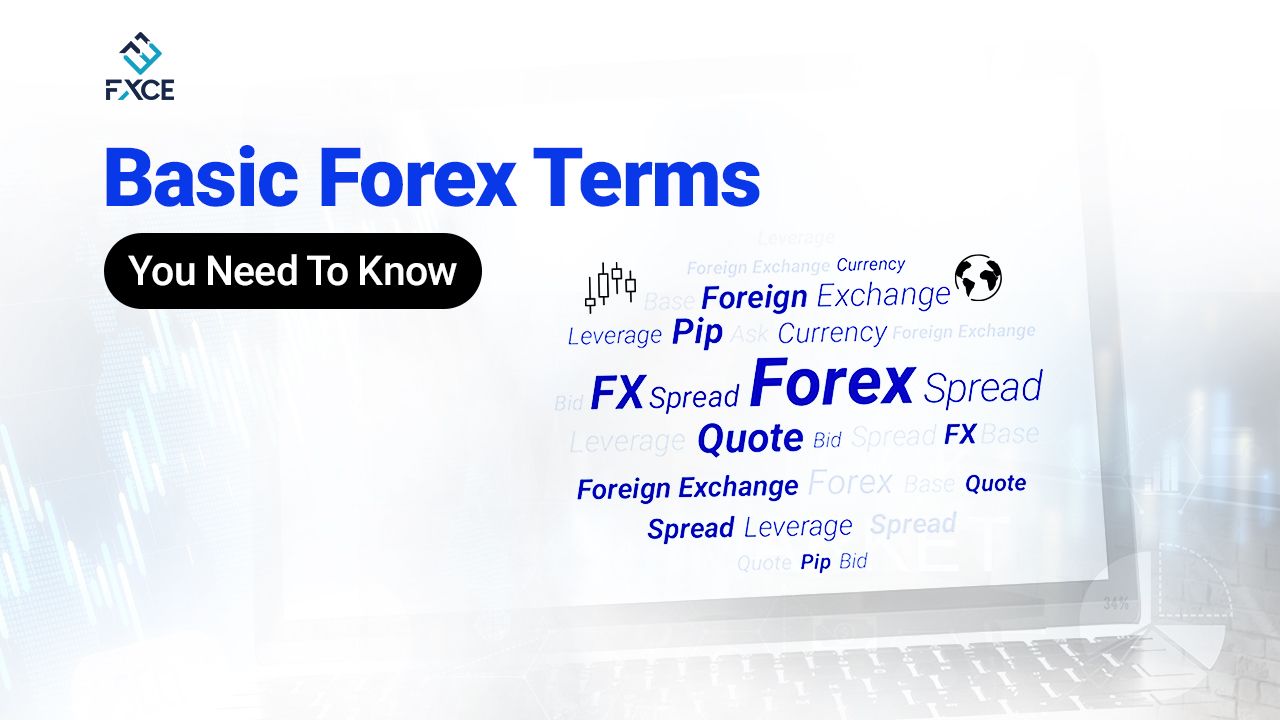Did you know that using leverage in Forex trading is like riding a roller coaster—thrilling but potentially stomach-churning? In this article, we delve into the world of leverage in Forex day trading, explaining its definition and impact on profits and losses. We’ll explore the risks of high leverage, how to calculate your leverage ratio, and the optimal levels for day trading. Additionally, we’ll cover the regulatory limits, the effects of leverage on margin requirements, and how it can amplify mistakes. Learn how to choose the right leverage for your strategy, manage risks effectively, and enhance your trading approach. With insights from DayTradingBusiness, you’ll be equipped to navigate the complexities of leverage in Forex trading with confidence.
What is leverage in Forex day trading?
Leverage in Forex day trading is the ability to control a larger position with a smaller amount of capital. It amplifies potential profits but also increases risk. For example, with 100:1 leverage, you can control $10,000 with just $100. To use leverage effectively, choose a level that aligns with your risk tolerance and trading strategy. Always manage your risk with stop-loss orders to protect your capital.
How does leverage affect Forex trading profits and losses?
Leverage in Forex trading amplifies both profits and losses. By using leverage, traders can control a larger position with a smaller amount of capital. For example, a 100:1 leverage means you can trade $100,000 with just $1,000. If the trade moves in your favor, your profits are significantly higher. Conversely, if the market moves against you, losses are also magnified, potentially exceeding your initial investment. Effective risk management is crucial when using leverage to avoid significant drawdowns.
What are the risks of using high leverage in Forex?
Using high leverage in Forex increases the risk of significant losses. It can amplify both gains and losses, leading to rapid depletion of your trading capital. High leverage can also result in margin calls, where you must deposit more funds to maintain your position. Emotional stress and poor decision-making can occur as the market fluctuates. Additionally, increased leverage may lead to overtrading, pushing you to take on more risk than you can handle. Always weigh the potential for higher returns against the likelihood of substantial losses.
How can I calculate my leverage ratio in Forex trading?
To calculate your leverage ratio in Forex trading, divide the total value of your position by your equity.
For example, if your account balance is $1,000 and you're controlling a position worth $10,000, your leverage ratio is 10:1.
You can use the formula:
Leverage Ratio = Total Position Value / Equity.
Adjust your position size and equity to find the desired leverage that suits your trading strategy.
What is the optimal leverage for day trading in Forex?
The optimal leverage for day trading in Forex typically ranges from 1:10 to 1:50. This allows you to maximize potential profits while managing risk effectively. Higher leverage, like 1:100 or more, can amplify gains but also increases the risk of significant losses. It's crucial to assess your risk tolerance and trading strategy before choosing your leverage.
How does leverage impact margin requirements in Forex?

Leverage increases your buying power in Forex trading but also affects margin requirements. Higher leverage allows you to control larger positions with less capital, reducing the margin needed to open a trade. For instance, with 100:1 leverage, you only need 1% of the trade's value as margin. However, while leverage can amplify profits, it also increases the risk of significant losses, which can lead to margin calls if your account balance falls below the required level. Always manage leverage carefully to maintain adequate margin and avoid excessive risk.
Can leverage amplify my trading mistakes in Forex?
Yes, leverage can amplify your trading mistakes in Forex. While it allows you to control larger positions with a smaller amount of capital, it also increases your risk. If a trade goes against you, losses can exceed your initial investment quickly. Always use leverage cautiously and manage risk through stop-loss orders and proper position sizing.
What are the regulatory limits on leverage in Forex trading?
Regulatory limits on leverage in Forex trading vary by region. In the U.S., the maximum leverage is typically 50:1 for major currency pairs. In Europe, the limit is often set at 30:1 for retail traders. Australia allows up to 500:1 leverage, but this can change based on the trader's experience. Always check the specific regulations of your trading jurisdiction, as they can impact your leverage options and risk exposure.
How do I choose the right leverage for my trading strategy?

To choose the right leverage for your Forex day trading strategy, assess your risk tolerance and trading experience. Start with lower leverage, like 1:10 or 1:20, to minimize potential losses. Understand that higher leverage increases both potential gains and risks. Consider your trading style; if you prefer quick trades, higher leverage might amplify profits, but it also heightens the chance of significant losses. Always maintain a solid risk management plan, like setting stop-loss orders, to protect your capital. Finally, test your leverage choices with a demo account before committing real funds.
What are the benefits of using leverage in Forex day trading?
Using leverage in Forex day trading amplifies your potential profits by allowing you to control larger positions with a smaller amount of capital. It enhances your trading power, enabling you to open more trades or larger positions than your account balance would normally allow. This can lead to higher returns on successful trades.
However, leverage also increases risk. While it can magnify gains, it can also amplify losses, so it's crucial to use it wisely. Proper risk management strategies, like setting stop-loss orders, become essential when trading with leverage.
How does leverage vary between different Forex brokers?
Leverage in Forex varies by broker based on regulations and their own policies. Some brokers offer high leverage ratios, like 1:500 or even higher, allowing traders to control larger positions with less capital. Others might limit leverage to 1:30 due to regulatory restrictions, especially in regions like Europe.
The choice of broker affects your potential profits and risks. Higher leverage can amplify gains but also increases the risk of significant losses. Always check the broker's leverage offerings and ensure they align with your risk tolerance and trading strategy.
What mistakes should I avoid when using leverage in Forex?
Avoid these mistakes when using leverage in Forex:
1. Over-leveraging: Using too much leverage can lead to significant losses. Stick to a conservative ratio, typically no more than 1:10.
2. Ignoring Risk Management: Always set stop-loss orders to protect your capital. Don’t risk more than 1-2% of your account on a single trade.
3. Lack of Education: Understand how leverage works and its risks before trading. Educate yourself continuously.
4. Emotional Trading: Avoid making impulsive decisions based on fear or greed. Stick to your trading plan.
5. Neglecting Market Analysis: Base your trades on solid analysis rather than speculation. Use technical and fundamental analysis to inform your decisions.
6. Chasing Losses: Don’t increase your leverage to recover losses. This often leads to even larger losses.
7. Ignoring Economic Events: Be aware of major economic announcements that can cause volatility. Adjust your leverage or avoid trading during these times.
By steering clear of these pitfalls, you can use leverage more effectively in Forex day trading.
How can I manage risk when trading with leverage in Forex?
To manage risk when trading with leverage in Forex, follow these steps:
1. Use a Leverage Limit: Keep leverage low, ideally between 2:1 and 10:1, to reduce potential losses.
2. Set Stop-Loss Orders: Always use stop-loss orders to automatically close trades at a predetermined loss level.
3. Position Sizing: Calculate your position size based on your account balance and risk tolerance. Aim to risk no more than 1-2% of your capital per trade.
4. Diversify Trades: Avoid putting all your capital into a single trade. Spread your investments across different currency pairs.
5. Regularly Review Trades: Analyze your trades to learn from mistakes and adjust your strategy accordingly.
6. Stay Informed: Keep up with market news and economic indicators that can affect currency movements.
Implementing these strategies can help you manage risk effectively while using leverage in Forex trading.
What role does leverage play in Forex market volatility?

Leverage amplifies both potential gains and losses in Forex trading, making it a key factor in market volatility. Higher leverage allows traders to control larger positions with a smaller amount of capital, increasing exposure to price swings. This can lead to rapid changes in account balance, heightening volatility. For day traders, using leverage strategically can enhance profit opportunities but also escalate risks, requiring careful risk management.
How can I use leverage to enhance my day trading strategy?
To enhance your day trading strategy using leverage in Forex, start by choosing a broker that offers a high leverage ratio. This allows you to control larger positions with a smaller amount of capital. Next, use leverage cautiously; a common recommendation is to limit your leverage to 2:1 or 3:1 to manage risk effectively.
Implement strict risk management rules, like setting stop-loss orders to protect your capital. Focus on high-probability trades and avoid over-leveraging, which can lead to significant losses. Finally, continuously monitor your trades and adjust your leverage based on market conditions and your trading performance.
Learn about How to Use Bots for Crypto Day Trading
## How Can Leverage Enhance Your Forex Day Trading Strategy?
To use leverage in Forex day trading, first choose a broker that offers leverage. Understand the leverage ratio (e.g., 50:1 or 100:1) and select the amount you want to trade. Calculate your margin requirement by dividing your desired trade size by the leverage ratio. Execute your trade, keeping in mind that while leverage can amplify profits, it also increases potential losses. Always use risk management strategies, such as stop-loss orders, to protect your capital.
Learn more about: Understanding Forex Day Trading Markets
Learn about How to Leverage Technology in Futures Day Trading
What tools can help me manage leverage in Forex day trading?
To manage leverage in Forex day trading, use these tools:
1. Trading Platforms: MetaTrader 4/5 and cTrader allow you to set leverage levels and manage your trades effectively.
2. Risk Management Tools: Position size calculators help determine the amount to trade based on your account balance and risk tolerance.
3. Stop-Loss Orders: Implementing stop-loss orders limits potential losses and helps maintain control over leveraged positions.
4. Margin Calculators: These tools calculate required margin for trades, ensuring you understand the leverage impact.
5. Trading Journals: Keeping a journal helps track your trades and leverage used, allowing for better decision-making in future trades.
6. Educational Resources: Online courses and webinars can deepen your understanding of leverage and risk management strategies.
Using these tools will help you effectively manage leverage and reduce risk in Forex day trading.
Conclusion about How to Use Leverage in Forex Day Trading
In summary, leveraging in Forex day trading can significantly amplify both potential profits and risks. Understanding how to calculate your leverage ratio, the impact on margin requirements, and the regulatory limits is crucial for effective risk management. By choosing the right leverage aligned with your trading strategy and using available tools, you can enhance your trading performance. For comprehensive guidance and support, DayTradingBusiness is here to help you navigate the complexities of leverage in Forex trading.
Learn about How to Use Charts for Forex Day Trading
Sources:
- Should retail investors' leverage be limited? - ScienceDirect
- The FX Swap Market: Growing in the Shadows | CFA Institute ...
- Combining Support Vector Machine with Genetic Algorithms to ...
- Should retail investors' leverage be limited?
- Measuring Liquidity in Financial Markets
- Global Financial Stability Report